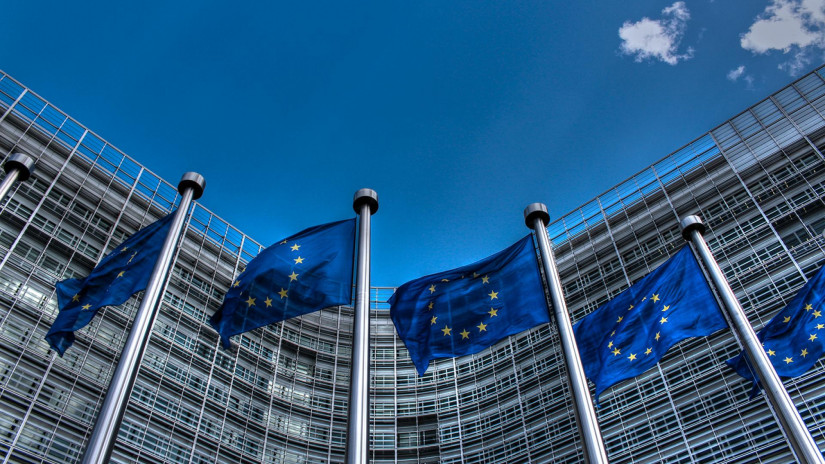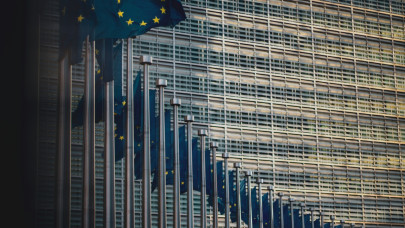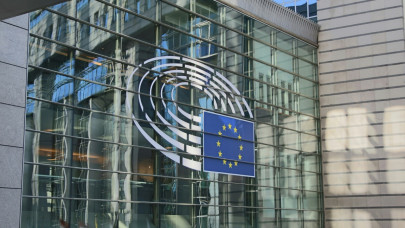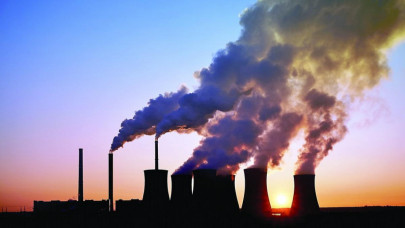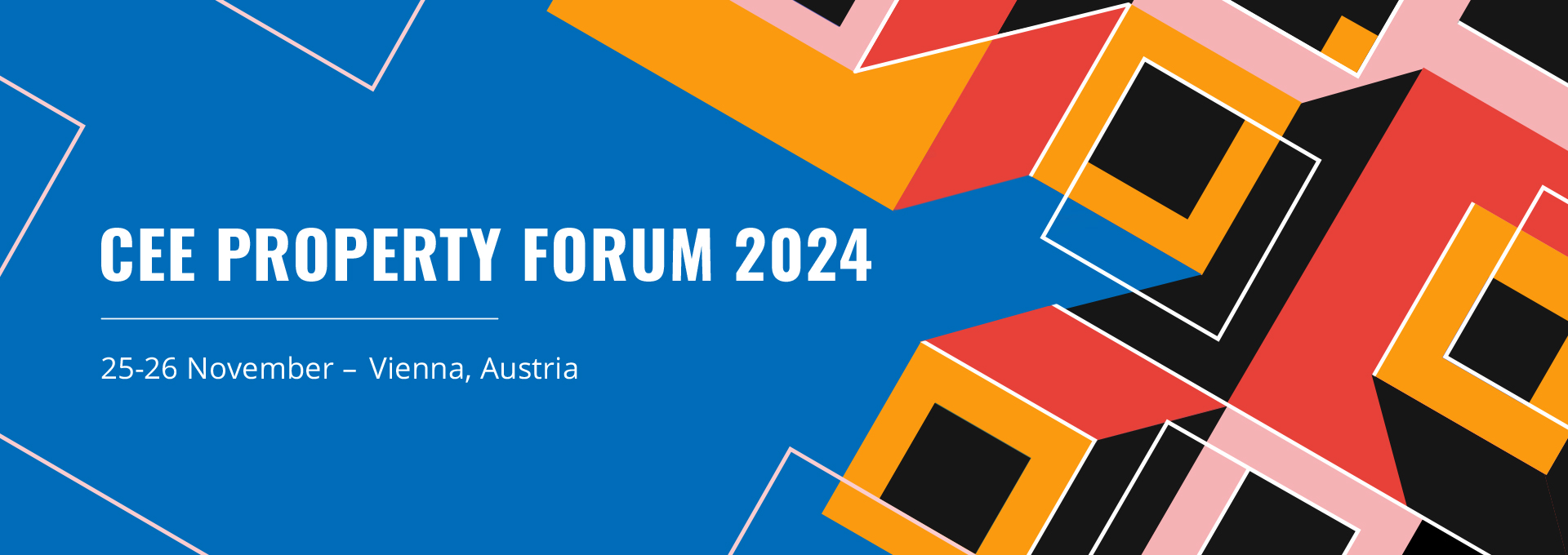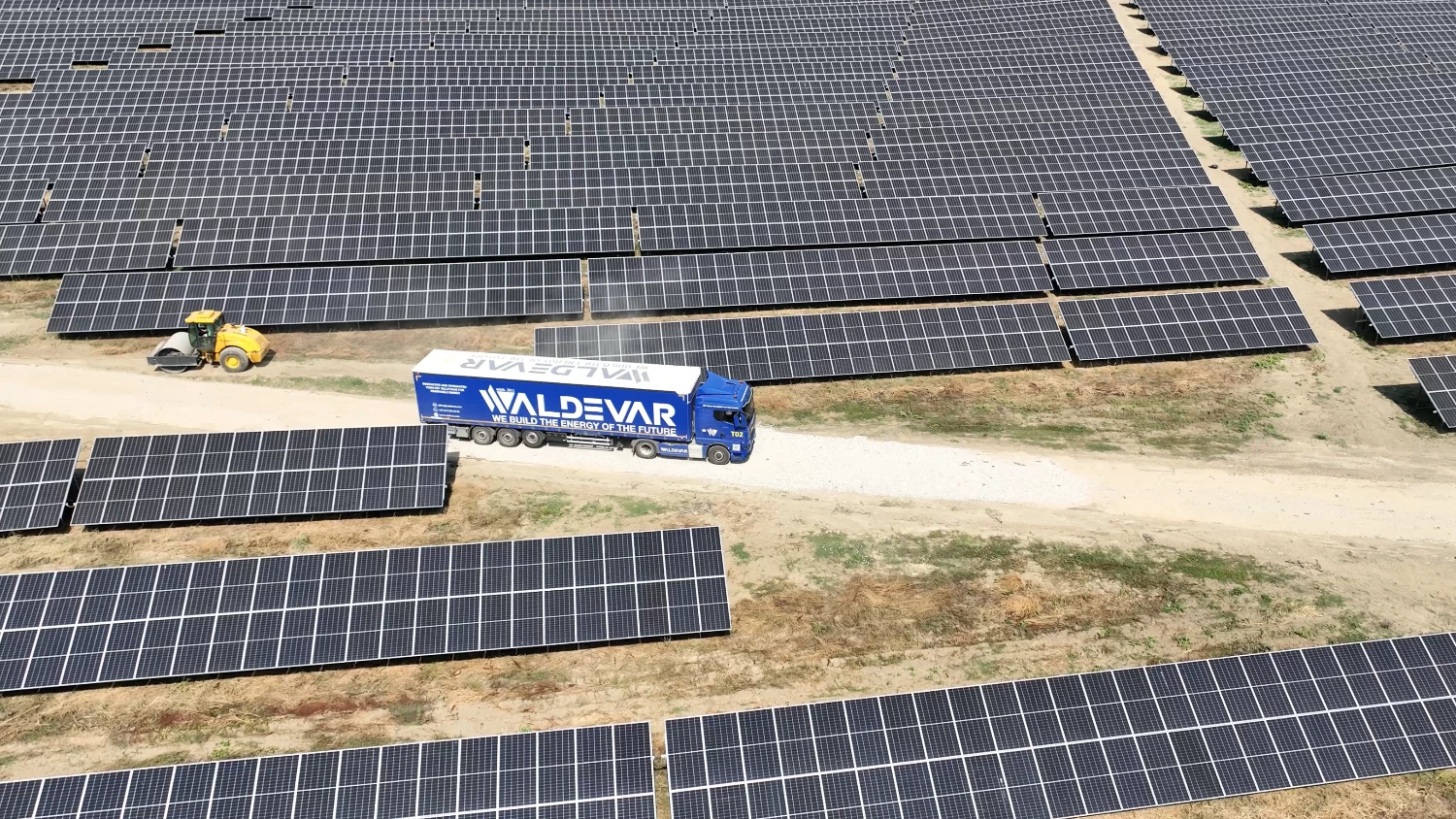Natural gas, initially used in the energy mix, will be gradually phased out of the steel production processes. Ultimately, the plant will be operated using renewable hydrogen and only complemented by low-carbon hydrogen if there is not sufficient renewable hydrogen available.
”This €280 million measure enables Belgium to support ArcelorMittal's plan to decarbonize its steel production processes. It will contribute to the greening of the very energy-intensive steel sector, in line with the EU's commitment to a net zero economy. And with limited distortions of competition”, says Margrethe Vestager, Executive Vice-President in charge of competition policy.
The plant is envisioned to start operating in 2026 and it is expected to produce 2.3 million tonnes of low-carbon direct reduced iron per year. Once completed, the project is expected to avoid the release of above 50 million tonnes of carbon dioxide. ArcelorMittal has committed to disseminating the technical know-how gained through the project.
The Commission assessed the measure under EU State aid rules, in particular, Article 107(3)(c) of the Treaty on the Functioning of the European Union (TFEU), which enables Member States to support the development of certain economic activities subject to certain conditions, and the Guidelines on State aid for climate, environmental protection and energy 2022 (CEEAG).
Belgium selected ArcelorMittal's project in the context of an open call in 2021 to form part of an IPCEI on hydrogen technologies and systems. ArcelorMittal's project intends to reduce greenhouse gas emissions in the energy-intensive steel sector. As an aid for the reduction of greenhouse gas emissions, including through support of decarbonization projects, is one of the main categories of aid allowed by the CEEAG, the measure was best suited for assessment under these guidelines
The Commission found that:
The measure facilitates the development of economic activity, in particular the production of green steel. At the same time, it supports the objectives of key EU policy initiatives such as the European Green Deal, the EU Hydrogen Strategy, the Green Deal Industrial Plan, and the REPowerEU Plan.
The aid has an ‘incentive effect', as the beneficiary would not carry out the investments in green steel production without public support.
The measure is necessary and appropriate to promote the production of green steel. In addition, it is proportionate, as the level of aid corresponds to the effective financing needs.
The measure has sufficient safeguards to ensure that undue distortions of competition are limited. In particular, if the project turns out to be very successful, generating extra net revenues, the beneficiary will return part of the aid received to Belgium (a claw-back mechanism). Furthermore, the beneficiary will disseminate the technical know-how gained through the project. Finally, the project is subject to monitoring to verify its progress towards the objectives of CO2 emission savings, phasing out of natural gas, and phasing in renewable hydrogen.
The aid brings about positive effects that outweigh any potential distortion of competition and trade in the EU.
On this basis, the Commission approved the Belgian measure under EU State aid rules.
The 2022 Guidelines on State Aid for Climate, environmental protection and Energy (CEEAG) provide guidance on how the Commission will assess the compatibility of aid measures for environmental protection, including climate protection, and energy which are subject to the notification requirement under Article 107(3)(c) TFEU.
The new guidelines, applicable as of January 2022, create a flexible, fit-for-purpose enabling framework to help Member States provide the necessary support to reach the Green Deal objectives in a targeted and cost-effective manner. The rules involve an alignment with the important EU's objectives and targets set out in the European Green Deal and with other recent regulatory changes in the energy and environmental areas and cater to the increased importance of climate protection. They include sections on aid for the reduction of greenhouse gas emissions including through support for renewable energy, energy efficiency measures, aid for clean mobility, infrastructure, circular economy, pollution reduction, protection and restoration of biodiversity, as well as measures to ensure the security of energy supply, subject to certain conditions.
The 2022 CEEAG aim to help Member States meet the EU's ambitious energy and climate targets at the least possible cost for taxpayers and without undue distortions of competition in the Single Market.
With the European Green Deal Communication in 2019, the Commission reinforced its climate ambitions, setting an objective of net zero emissions of greenhouse gases in 2050. The European Climate Law in force since July 2021, which enshrines the 2050 climate neutrality objective and introduces the intermediate target of reducing net greenhouse gas emissions by at least 55% by 2030, sets the ground for the 'Fit for 55' legislative proposals presented by the Commission on 14 July 2021. Among these proposals, the Commission has presented amendments to the Renewable Energy Directive and the Energy Efficiency Directive with more ambitious binding annual targets to increase the production of energy from renewable sources and reduce energy use at the EU level.
In July 2020, the Commission published its EU Hydrogen Strategy, setting ambitious goals for clean hydrogen production and use, and launched the European Clean Hydrogen Alliance, bringing together the European hydrogen community (industry, civil society, and public authorities).
Today's decision follows the Commission's approval, on 17 February 2023, of a €460 million Spanish measure to support ArcelorMittal decarbonizing its steel production in Gijón.
The non-confidential version of the decision will be made available under the case number SA.104897 in the State aid register on the Commission's competition website once any confidentiality issues have been resolved. New publications of State aid decisions on the internet and in the Official Journal are listed in the Competition Weekly e-News.

